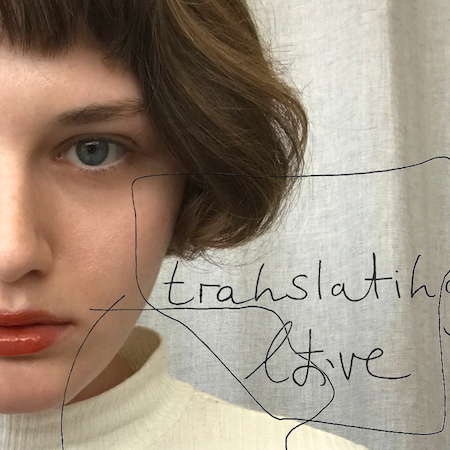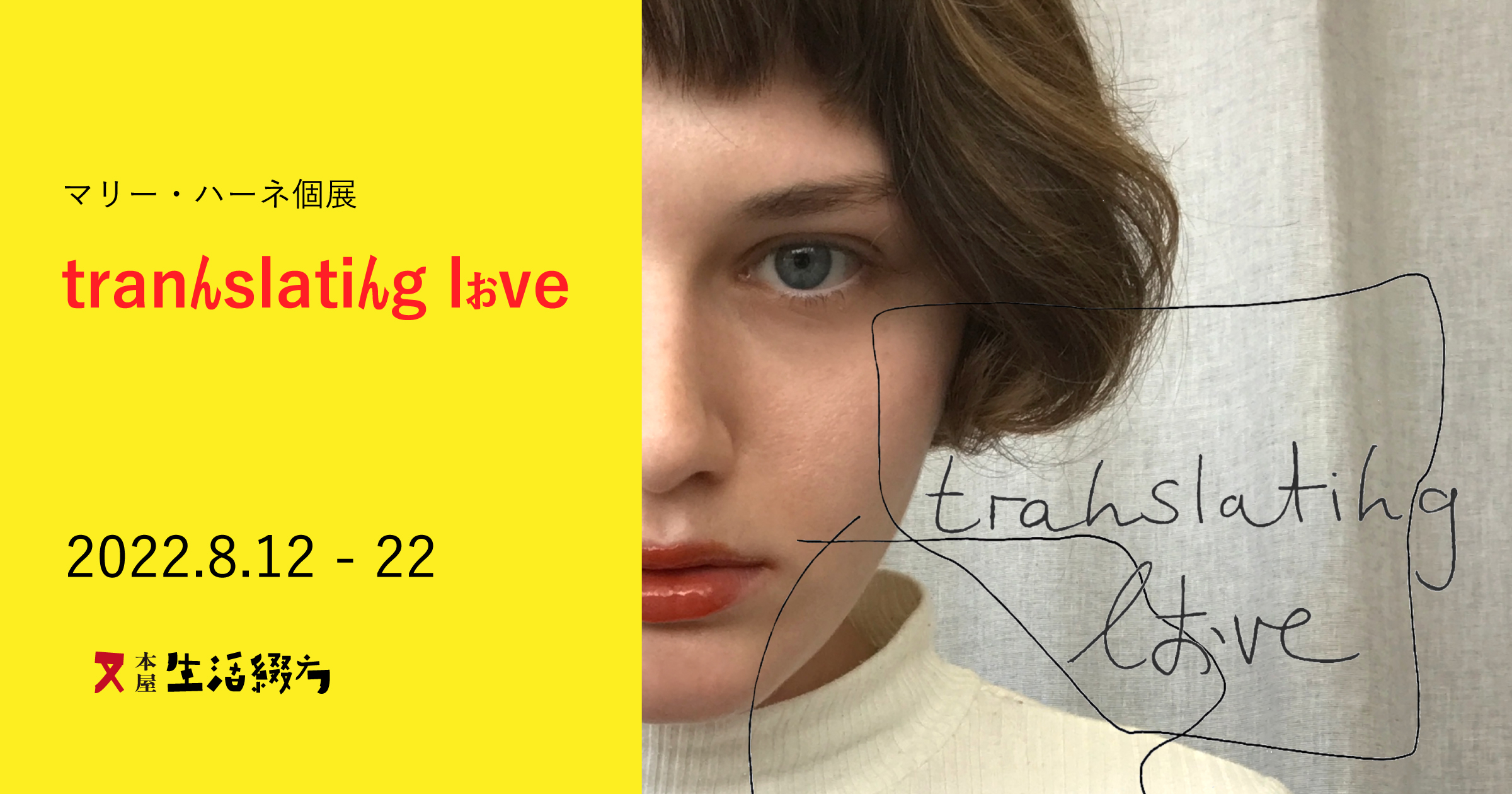展示について / About the exhibition
文字はモノクロだけではなく、言葉は繋げるものです。人の繋がり、文化の繋がり、二次元の世界と三次元の世界を繋ぐものです。
私は2016年初めて日本に来た時に、日本の皆に自分のドイツ語のテキストをどうやって見せたらいいのかと自問しました。私は日本語を学び始め、この言語の見た目に魅了されました。漢字を書いたり、お経を暗唱したりすることは、いわば精神世界とのつながりです。私の言葉もそれを望んで、もっと大いな存在になりたい、文字と絵を描きたい、目を引いて耳に引っかかりたいと思っていました。ドイツ語と日本語は私の頭の中だけでなく、紙の上でも混ざり合い、舌や考えを結び、空間を織り交ぜています。
類似点に楽しみを、相違点に疑問を抱くことができる交換の場です。
この展示会では、私は個人的な翻訳の試みを発表します。会話、テキスト、考え、思い出、を集めました。これらは、2つの椅子の間、2つの文化の間、および2人の間の瞬間です。翻訳できなかった箇所は明確な翻訳と同じくらい重要です。
ワークインプログレスとして、言語や文化と同じように生きているものです。
Words are more then black and white characters. They are links.Connections between people and cultures as well as the second and third dimension.
When I first came to Japan in 2016, I asked myself how I could show my German texts to a Japanese audience. I started learning about the Japanese language and was fascinated by its visual and spiritual power. By writing kanji and reciting texts and poems, we are not only communicating with the people right in front of us, we are also forming a connection to the spiritual world, 8.000 deities and spirits in CC.
I want my texts to have that power too. I want to draw pictures with my writing, attract peoples eyes and ears to translate not just the words itself but also the feelings and hidden cultural meanings behind them.In my art work, German and Japanese language mix on paper, connect tongues and thoughts and interweave spaces. I want those spaces to be places for exchange where we can enjoy similarities and learn about differences.
In this exhibition, I present a collection of conversations, texts, thoughts and memories. Moments between two chairs, between two cultures, and between two people.
My efforts to translate those moments, those feelings from one culture into another are a work-in-progress just as alive as language and culture itself.
イベント / EVENT
文字はモノクロだけではなく、言葉は繋げるものです。
人の繋がり、文化の繋がり、二次元の世界と三次元の世界を繋ぐものです。
ドイツ語と日本語は私の頭の中だけでなく、紙の上でも混ざり合い、舌や考えを結び、空間を織り交ぜています。
tranんslatiんg lおve と言うプロジェクトのための展示、同じタイトルの本の出版について、8月13日18時から読書パフォーマンスを発表します。
Words are more then black and white characters. They are links.
Connections between people and cultures as well as the second and third dimension.
In my art work, German and Japanese language mix on paper, connect tongues and thoughts and interweave spaces. I want those spaces to be places for exchange where we can enjoy similarities and learn about differences.
On August 13th from 18:00~18:30
we will host a lecture performance based on the book that gives this exhibition the title tranんslatiんg lおve.
●展示概要
会期:2022年8月19日(土)〜8月22日(月)
営業:金・土・日・月
12:00 – 19:00
会場:本屋・生活綴方
横浜市港北区菊名1−7−8
東急東横線・妙蓮寺駅徒歩2分
入場料:無料
プロフィール Profile

マリー・ハーネ Marie HAHNE
1993年ドイツ・ベルリンに生まれ、同市にて舞台のデザインを勉強。現代アートを勉強するために広島市立大学に留学。2018年から神奈川県を拠点に、フリーのアーティストとしている。
言葉から、スペースへ。
自作の散文、または文学作品を用いて視覚的な翻訳を実験する作品です。舞台美術、文章やパフォーマンスを中心に発表、写真とビデオを使うと資料する。単語のパワーを作品にして、異なる文化、そして異なる言語を持っている人たちとコミュニケーションを取っている。
Born in Berlin, Germany in 1993,
studied Stage Design at Weißsensee Kunsthochschule Berlin and Contemporary art at Hiroshima City University.
Since 2018, living and working as a freelancing artist for theater productions and
art projects in Kanagawa, Japan.
From the written word into spaces.
Marie Hahne’s art works are experimenting with visual and physical translations of language. Based on her original prose, theatrical or literary works, she creates spaces which then become stage for interaction and performances.

